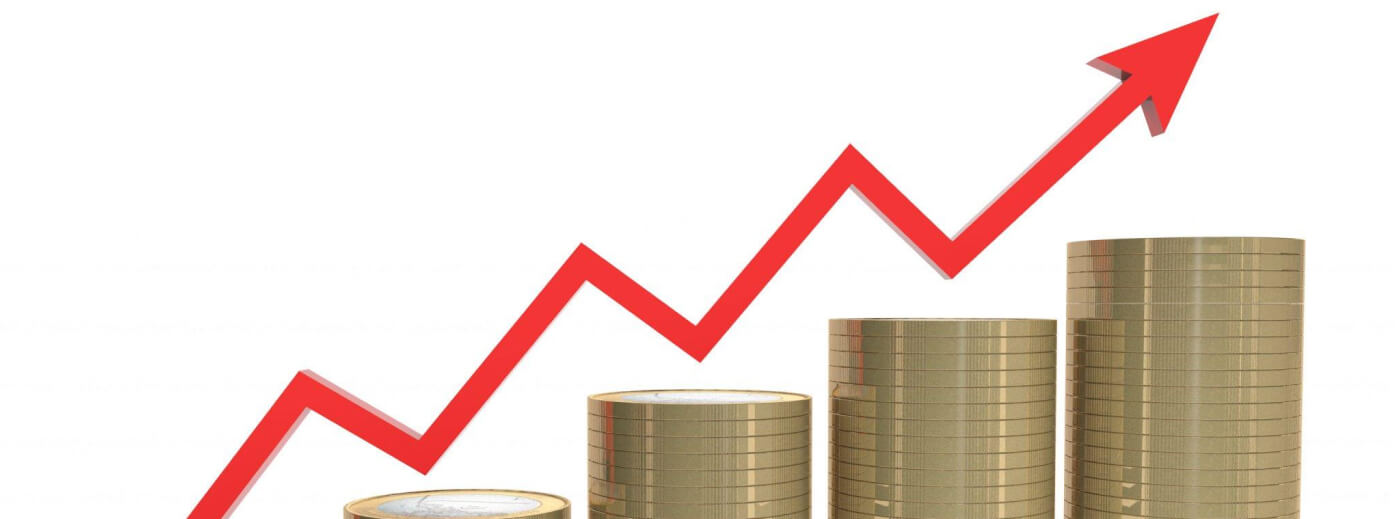How Much Have The Gold Prices Increased In India In The Last 10 Years?

5min read

Gold has been on a steady upward climb since the start of the decade, making it a pretty sweet deal for investors. It’s been outperforming other investment options and giving people some decent profits.
So, what’s driving this rise in gold prices? Global prices have been going up, and the Indian rupee isn’t holding its ground too well, which means that gold investors can expect some annual gains. If you take a look at the long-term trend, you’ll notice that gold prices and interest rates usually go in opposite directions. Now, let’s go through the changing trend of gold price history in India.
Gold Price History In India
- In the 1970s, 24-carat gold per 10 grams was INR 184, reflecting a relatively stable period.
- By the 1980s, it experienced a substantial increase to INR 1,330, likely influenced by economic factors and inflation.
- In the 1990s, the price rose to INR 3,200, potentially due to growing demand and geopolitical events.
- The early 2000s saw a price of INR 4,400, likely driven by economic growth and fluctuations in the global market.
- The 2010s witnessed a significant surge, with the price reaching INR 18,500 in 2010, indicating growing interest in gold as an investment.
- 2020 saw a remarkable increase to INR 48,651, influenced by economic uncertainties and global events.
- In 2022, the price continued to climb to INR 52,670, driven by a combination of factors, including economic conditions and investor sentiment.
- As of 2023, the price has reached INR 62,490, demonstrating the ongoing appeal of gold as a valuable asset and haven during uncertain times.
Why Is the Gold Price increasing?
Gold prices have bottomed out recently. Gold prices are up 1.97 percent over the previous week. Still, it is crucial to note that gold prices remain down by 3.18% over a month. The gold market’s 52-week range exemplifies the swings: from a high of INR 5,177 to a low of INR 4,874. 22-karat gold is now selling at INR 4,563 per gram.
The Israel-Hamas conflict has become a central factor in this developing landscape, impacting gold prices in India and assisting the anticipated increase. While gold has been on a downward trajectory for an extended period, this geopolitical turmoil has introduced uncertainty and tension that often drives investors toward safe-haven assets like gold.
As the conflict develops and global dynamics respond to this crisis, the gold market in India is projected to undergo a change, with prices likely to continue their upward march. Investors and stakeholders are advised to closely control these developments and assess their possible impact on the country’s gold price trajectory.
Which Factors Influence the Gold Price in India?
Certain factors determine the increase in the price of gold. We will take a look at them:
- The demand for gold plays a significant role in the price of gold in India. Gold is purchased for auspicious reasons. People tend to buy gold whenever a wedding, festival, or similar festive event occurs. Thus, the higher the demand for gold, the greater its value.
- The fluctuations in international markets significantly influence gold prices in India. As a safe haven for investors, gold offers stability and lower volatility compared to riskier assets like oil and the dollar. When the prices of these volatile assets decline, gold’s value tends to rise concurrently.
- Political factors and government policy also affect the domestic price of gold in India. Similarly, any political event or major economic change that may have a global impact also plays a role in the price of gold increasing or even decreasing.
Gold Investment Tips in India
- The first and foremost gold investment tips in India is to determine whether you are investing in gold for wealth preservation, capital appreciation, or to hedge against inflation. Your goals will impact your investment strategy.
- Gold can be bought in various forms in India, including physical gold (jewellery, coins, and bars) and paper gold (Gold ETFs, sovereign gold bonds, and digital gold). Choose the form that aligns with your investment objectives.
- When purchasing physical gold, ensure it has the appropriate hallmark, indicating the purity of the gold. Higher purity typically carries a premium.
- Don’t put all your investment in one form of gold. Diversify between physical gold and paper gold to spread risk.
- Keep track of gold prices through reliable sources, as it can help you make informed buying and selling decisions.
Conclusion
The lasting favorability of gold as an investment can be attributed to its enduring stability, diversification advantages, ability to hedge against inflation, constrained supply, worldwide demand, cultural significance, tangible nature, and adaptability. These attributes have maintained gold’s relevance amid ever-evolving financial dynamics.
Even as contemporary investment options like cryptocurrencies, etc. are increasing attention, gold’s timeless attraction persists, underscoring that tradition and stability coexist with innovation and risk within a well-rounded investment portfolio. Whether the aim is wealth preservation, portfolio diversification, or protection against economic uncertainties, individuals turn to gold to safeguard their financial futures.
However, when it comes to selling gold, you can confidently turn to White Gold, a leading name among gold buyers, ensuring that you receive the most favorable and competitive prices.







